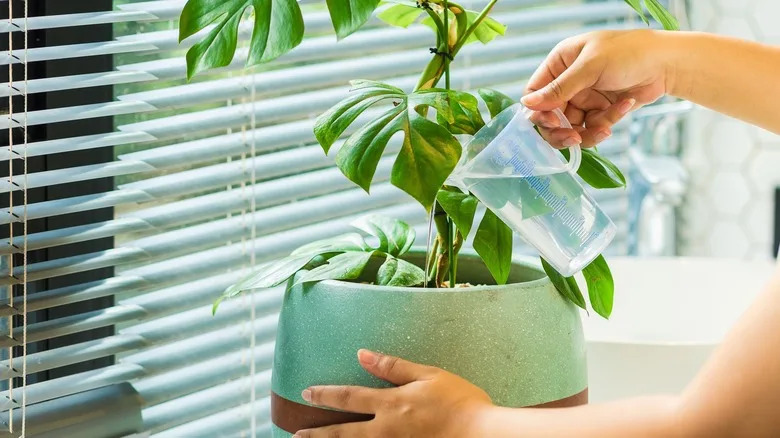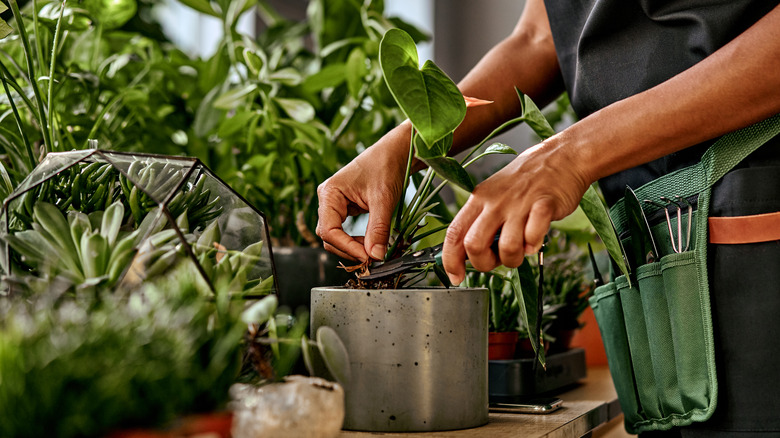When your green thumb only extends to indoor houseplants, it may seem like winter is just another season. After all, unlike with outdoor plants, you don’t need to worry about overwintering or switching up your gardening routine to accommodate the colder weather, right? While it may come as a surprise, even houseplants can feel the effects of winter, and there’s one simple change that can make all the difference in your indoor plant’s care.
At first, you may think that caring for your indoor plants during the winter means simply paying more attention to the amount of sunlight they get. While it is true that sun-loving plants may need an extra hand, such as supplementing with a grow light, that’s only one factor to consider in your indoor plant’s winter care routine. In addition, you may also want to change up how you water your plants.
While spring and summer are often seen as the hustle-and-bustle months of thriving plant growth, winter can be a quieter, calmer time. This means that you may see reduced plant growth during the winter months, which means that your plants need less water. To prevent the biggest gardening mistake — overwatering — you will need to establish an indoor plant winter watering routine that involves less frequent watering.
Read more: How To Care For Peony Plants In Fall For Big Blooms In The Spring
How to water your indoor plants during the winter
The first step in establishing a watering routine for your indoor plants in the winter is figuring out exactly how much water they need. Unfortunately, this can take some trial and error, as well as paying attention to how your plants respond. This is because, among the collection of plants in your home, certain ones may become drier than others. This will depend on where they’re located (a plant sitting near a heating vent, for example, may need to be watered more than others), and the humidity in the atmosphere.
As a result, rather than setting up a schedule for when you’re going to water your plants, it’s best to stick to watering only when your plants need it in the winter. This can help prevent overwatering while also giving your prized plants the essential hydration they need. But how do you know if your plant needs water or not? Thankfully, there are a few signs that your plants are on the thirstier side, such as soil that is dry not only on the surface but a few inches deep, or drooping, sad-looking leaves.
Another simple tip to keep your plants healthy is to have a humidifier running in their vicinity. Between the colder weather and having the heat going, winter is prime time for dry air. While a humidifier won’t replace regular watering, even if infrequent, it can restore some moisture to the air. This is especially important for tropical plants, which can develop a lackluster appearance as a result of low humidity that may lead to accidental overwatering in the winter.
Enjoyed this article? Get expert home tips, DIY guides, and design inspiration by signing up to the House Digest newsletter and adding us as a preferred search source!
Read the original article on House Digest.


Comments are closed.